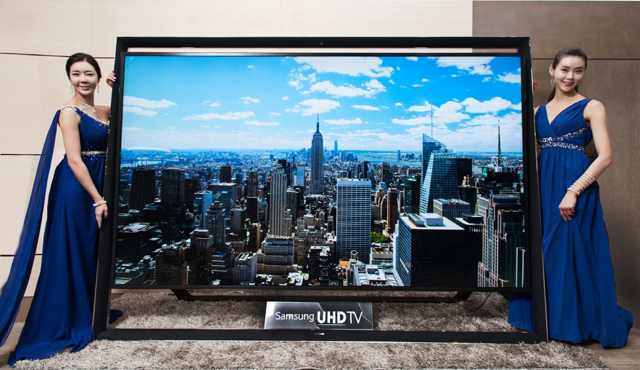HPA Panel Discusses Pixel Count in Next-Generation Displays
February 21, 2014
A panel of experts from across the entertainment industry convened at the HPA Tech Retreat on Thursday morning to discuss the importance of increasing pixel counts in next generation televisions and displays. While so-called “4K” or Ultra HD televisions have now appeared on the market from nearly every major consumer electronics manufacturer, there has been some debate about whether simply increasingly resolution truly improves picture quality.
The seven-member panel, entitled “Better Pixels: Best Bang for the Buck?” was moderated by Dolby’s Pat Griffis, and included speakers with a range of expertise in motion capture and display. Many on the panel expressed some skepticism about 4K, and suggested that there are other changes to the current standards for display technology that may be more important in improving the viewer experience, including wider color gamuts, higher frame rates, and higher dynamic range.
Robin Atkins, also with Dolby, showed a series of figures which demonstrated that one of the limitations facing current generation televisions is their color gamut. Gamut refers to the range of possible color a set can display, which is currently limited to a small subset of colors the human eye can perceive. He demonstrated that when given the option, filmmakers would make frequent use of these unseen colors, creating a richer and fuller look than is currently possible.
Frame rate refers to the frequency with which images appear on a screen or display. Typically, films are shot at 24 frames per second (fps), while television is shot at 30 fps. Speaker Mark Schubin showed data that suggested that a better picture can be improved by increasing this number to a considerably higher rate. He cited a study which showed that viewers preferred a much higher frame rate, favoring 60 fps, 120 fps, and 240 fps.
Matt Cowan of Entertainment Technology Consultants confirmed this point, highlighting the fact that frame rate was an especially important factor when images were displayed at a higher brightness.
Brightness, properly known as dynamic range, was the issue cited most often by members of the panel. The brightness of a light source in measured in units called nits, with current televisions having a maximum brightness of 100 nits, and current cinema displays maxing out at 50 nits.
Several speakers proposed a massive increase on these numbers, suggesting that the range of brightnesses that a viewer can comfortably enjoy may range from zero to as high as 20,000 nits. The current maximums, according to Griffis, are leftover standards from the days of CRT displays, and can and should be abandoned.
The panelists were all in agreement that these other factors taken together were more important than resolution, a sentiment most succinctly stated by Schubin, who said: “You do get an improvement from 4K, but you get much less improvement than you get from other things.”
Cinematographer Bill Taylor echoed this point, and highlighted that these changes would open up new opportunities for both new and archived film content. “Every motion picture shot on color negative has depth and dynamic range that no one has ever seen,” Taylor said. “Imagine what ‘Lawrence of Arabia’ would look like in High Dynamic Range exhibition.”


No Comments Yet
You can be the first to comment!
Leave a comment
You must be logged in to post a comment.